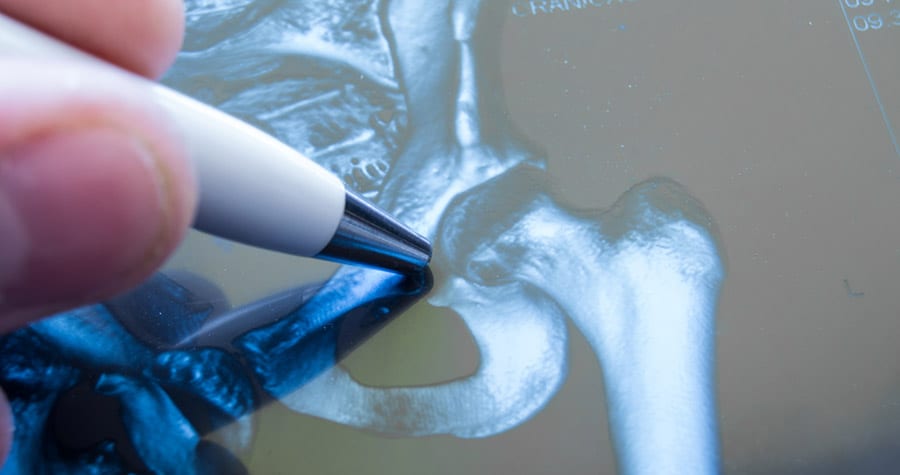
Could You Have Osteoarthritis?
Caused by age-related wear and tear on the cartilage that provides a cushion for your joints, osteoarthritis is a common cause of pain associated with movement. If you’re experiencing a level of discomfort that’s affecting your quality of life, your regular doctor may refer you to an orthopedic surgeon for a more extensive evaluation to determine how osteoarthritis may be affecting your joints.
Contributing Factors
Osteoarthritis is a condition that develops over time. While the simple process of aging can cause cartilage to wear down over the years, the condition may be hastened by repetitive motions and recurring joint stress, as is often the case with playing sports or performing the same work-related task. Contributing factors to osteoarthritis can include:
• Excess weight
• Previous joint-related injuries
• Family history of osteoarthritis
Osteoarthritis Symptoms
As cartilage wears away, joints rub directly against other joints when movements are made. It’s the rubbing of joints that contributes to the inflammation that can make the condition especially painful. You may only experience occasional discomfort at first. As the condition advances, noticeable symptoms may include:
• Joint stiffness after periods of inactivity
• Grating sensation felt with movement
• Loss of flexibility
• Hard lumps around joints, known as bone spurs
Diagnosing Osteoarthritis
The process of accurately diagnosing osteoarthritis starts with a physical exam and often includes image testing. You’ll also be asked what activities seem to trigger joint pain and whether or not you have any previous joint injuries. If you’re referred to an orthopedic surgeon, they will rule out other diseases, use diagnostic testing to identify the extent of joint deterioration, and identify any abnormalities.
Treating Osteoarthritis
A combination of medication, modification of activities, and physical therapy is often the initial treatment recommendation if you have osteoarthritis. If non-surgical remedies aren’t effective, you may be referred to an orthopedic surgeon for further evaluation. Surgical treatments can include:
• Arthroscopy: Small incisions are made into the joint to remove bone spurs, lose fragments, and damaged lining.
• Osteotomy: Joint pressure is relieved by realigning longer bones in the arms and legs.
• Joint fusion: Bones are fused together to eliminate the joint altogether.
As a doctor specializing in musculoskeletal issues, an orthopedic surgeon may work with your primary care physician to determine a treatment that’s likely to provide relief. Surgery is only an option if your joints are substantially damaged by osteoarthritis, although most patients respond well to non-surgical remedies when the condition is diagnosed early.







